12 top wildflower meadows to visit
Country Life discovers twelve of the best wildflower meadows open to visitors this summer in England
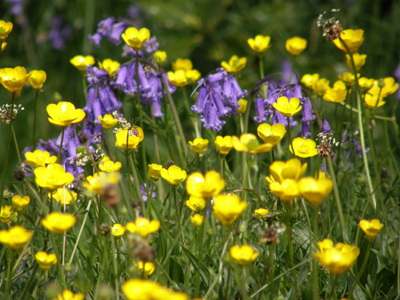

Wildflower meadows are one of the British countryside's most glorious sights, filled with rare plant and flower species and providing a much needed haven for wildlife.Wherever you are in England you're probably closer than you think to a meadow.
Visit between Spring and late Summer to enjoy these colourful landscapes at their best.
Clattinger Farm Nature Reserve, Wiltshire Wiltshire Wildlife Trust Located outside Somerford Keynes, near Malmesbury
The lowland hay meadow (SAC and SSSI) was opened by Prince Charles in 1997. Hay is cut in July, after the flowers have seeded, encouraging rare species such as the downy-fruited sedge, burnt orchid and adders-tongue fern.

Rose End Meadows, Derbyshire Derbyshire Wildlife Trust Above Cromford Village, near Matlock

The 11 fields show how Derbyshire's limestone farmland would have looked a century ago. There are bluebells in spring and in summer the meadows are a mixture of buttercups, cowslips, cow parsley, bugle and wood anemones.
Marden Meadow, Kent Kent Wildlife Trust Situated between Marden and Staplehurst
Sign up for the Country Life Newsletter
Exquisite houses, the beauty of Nature, and how to get the most from your life, straight to your inbox.
One of the last unimproved hay meadows in Kent, this coronation meadow features green winged orchids and bird's foot trefoil while it's large pond is home to nesting reed warblers and geese.
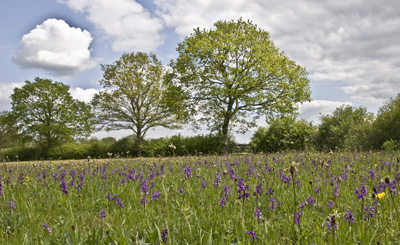
Runnymede, Berkshire Old Windsor
The famous spot where many people say the Magna Carta was sealed, these ancient riverside meadows now play host to an attractive array of wildflowers.
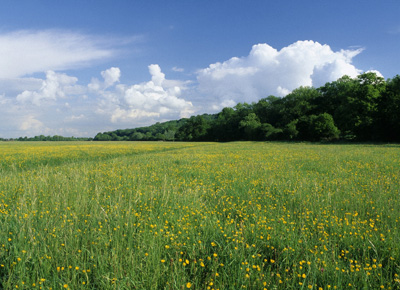
Kingcombe Meadows Nature Reserve, Dorset Dorset Wildlife Trust One mile outside the village of Kingcombe
A patchwork of fields with rarities such as lady's mantle, corky-fruited water dropwort, pepper saxifrage, devil's-bit scabious and knapweed, plus skipper and fritillary butterflies.
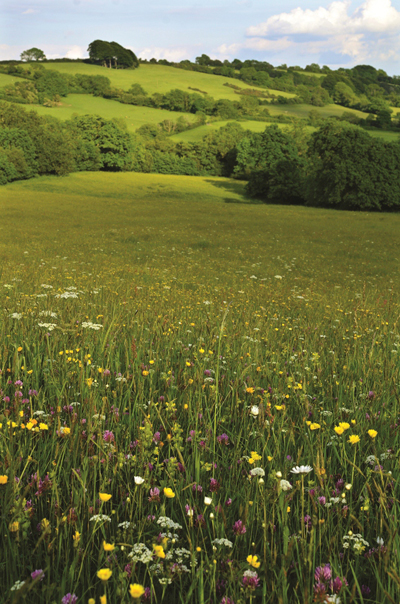
Chimney Meadows Nature Reserve, Oxfordshire Berks, Bucks and Oxon Wildlife Trust At Bampton, 9 miles west of Abingdon
A 250-acre meadow restoration project now colonized by native species such as black knapweed and yellow rattle. The floodplain draws wading birds such as curlew and lapwing.
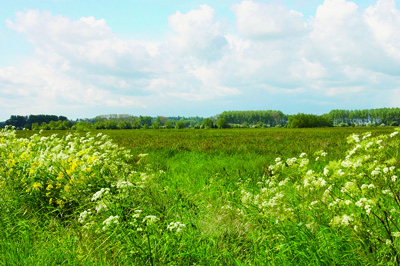
Rod Wood, Staffordshire Staffordshire Wildlife Trust At Cheddleton
Part of a diverse grassland, woodland and scrub habitat, the three meadows attract speckled wood, meadow brown and green hairstreak butterflies and offer outstanding views of the Peak District.
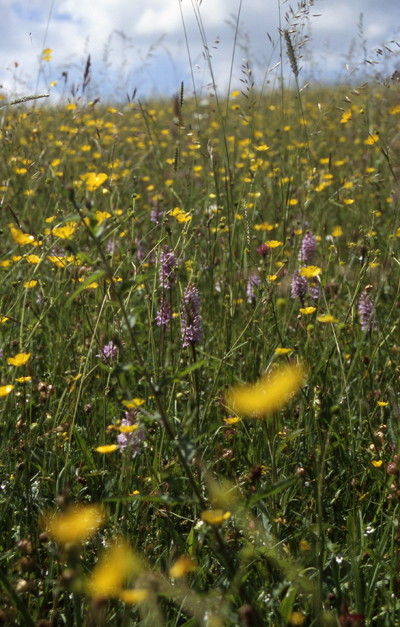
Highgrove Estate, Gloucestershire Tetbury Booking is required for Garden Tours
Established by Prince Charles over thirty years ago, the wildflower meadow at Highgrove is truly spectacular with around 120 different species of Gloucestershire flora now thriving in the meadow.
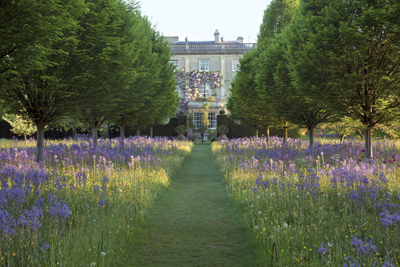
The Knapp and Paper Mill Reserve, Worcestershire Worcestershire Wildlife Trust At Bridges Stone near Alfrick
27 hectares of meadows, wood and orchids featuring knapweed, yellow rattle, oxeye daisy and spotted orchids. Butterflies include common and holly blue, brimstone, purple hairstreak, white admiral and brown argus.
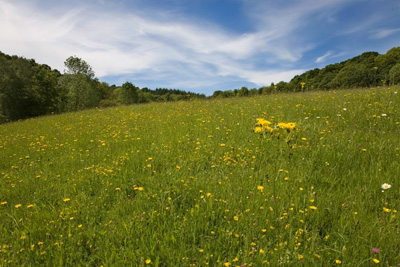
Red Hill, Lincolnshire Lincolnshire Wildlife Trust Near Glouceby
The plateau grassland has a rich assembly of chalk plants including localised species such as felwort, kidney vetch and bee orchids. There is also an abundance of six-spotted burnet moths and an exceptionally high spider population.
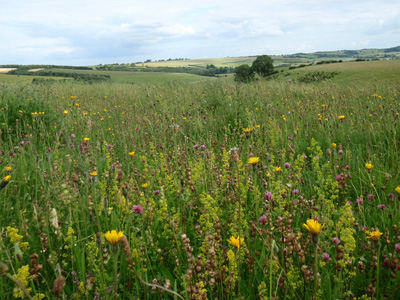
Pensthorpe Wildlife and Gardens, Norfolk Reserve opens 10am-5pm daily One mile outside Fakenham
A traditionally managed meadow on the floodplain of the River Wesum, knapweed and cuckooflower can be spotted in early summer with marsh thistles and meadowsweet in later months. In autumn the meadow is grazed by rare breed Norfolk long horn sheep.
Upper Wharfedale, Yorkshire Near Buckden
These herb rich meadows are set in an area of classic Yorkshire countryside and in summer contain bird's eye primrose, blue moorgrass, meadowsweet and carnivorous common butterwort. A six-mile wildlife meadow walk is available and guided tours take place throughout the year.
Country Life is unlike any other magazine: the only glossy weekly on the newsstand and the only magazine that has been guest-edited by HRH The King not once, but twice. It is a celebration of modern rural life and all its diverse joys and pleasures — that was first published in Queen Victoria's Diamond Jubilee year. Our eclectic mixture of witty and informative content — from the most up-to-date property news and commentary and a coveted glimpse inside some of the UK's best houses and gardens, to gardening, the arts and interior design, written by experts in their field — still cannot be found in print or online, anywhere else.
-
 Two quick and easy seasonal asparagus recipes to try this Easter Weekend
Two quick and easy seasonal asparagus recipes to try this Easter WeekendAsparagus has royal roots — it was once a favourite of Madame de Pompadour.
By Melanie Johnson
-
 Sip tea and laugh at your neighbours in this seaside Norfolk home with a watchtower
Sip tea and laugh at your neighbours in this seaside Norfolk home with a watchtowerOn Cliff Hill in Gorleston, one home is taller than all the others. It could be yours.
By James Fisher